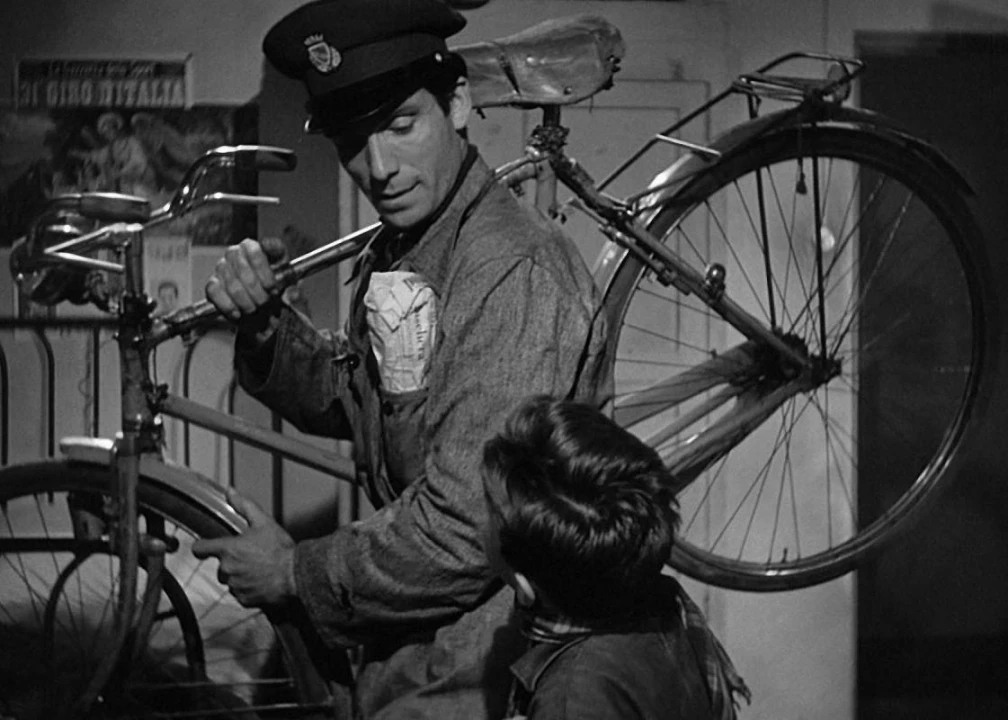Before the end of World War II and the fall of Mussolini’s Fascist regime, a different genre of Italian cinema emerged called Neorealism. The movement began in 1942 and took off in 1943. When the war ended, Italy found itself on its knees, after years or war, economic depression and hardship: neorealism was a reflection of this time. With its depiction of post-war Italy, the genre would dominate Italian cinema for almost ten years, as well as influence film styles throughout the world. Neorealism was a blend of traditional and new techniques, largely shaped by the war and its aftermath.
A relatively small number of film makers embraced the genre and most of them worked on each other’s movies. Italian neorealism’s masters were, without a doubt, Michelangelo Antonioni, Gianni Puccini, Giuseppe de Santis, Vittorio de Sica, Federico Fellini, Roberto Rossellini, Luchino Visconti, and Cesare Zavattini. The most recognizable of these names are Fellini and Rossellini, who co-wrote Roma, Città Aperta(Rome, Open City), directed by Rossellini in 1945. It is often thought to be the first and the most influential Neorealist film of all times.



